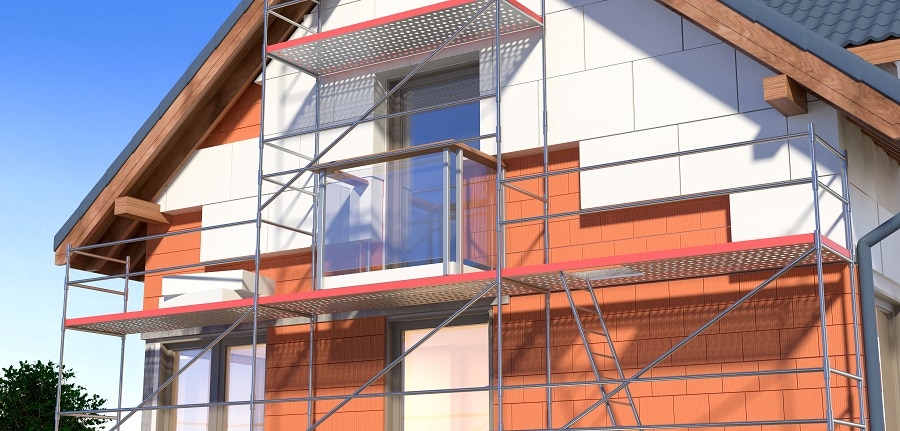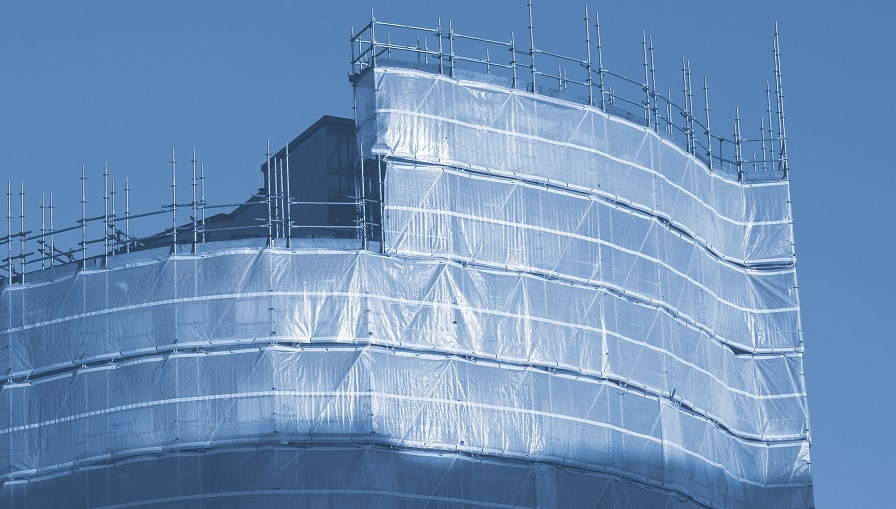The construction industry’s accident fatality rate is over double that of any other sector’s average – for minor accidents, the accident rate is almost incalculable. This brings to light the need for strict adherence to health and safety guidelines on construction sites. Almost any considerable hazard imaginable exists within the sector. All construction site hazards must be managed to make work sites safer, but certain hazards are a priority and must be dealt with immediately. Listed below are some of the top construction site hazards you will encounter at a construction site and methods that you can use to control them.
1. Moving objects
There is always a risk of accidents on construction sites during any stage of construction work because construction sites undergo frequent changes. There are a lot of moving objects in and around construction sites such as – supply vehicles, diggers, and overhead lifting equipment – all working within the same space.
To reduce the risk of an incident or an accident from moving objects, ensure that you always have on the appropriate Personal Protective Equipment (PPE), such as high visibility clothing, safety helmet, biohazards suits, and so on.
2. Avoid standing close to moving objects
Always be alert and careful on construction sites. Many moving objects may not have warning lights or beepers.
3. Noise
HSE reports from 2007 to 2011 show that there have been over 1505 new construction work-related deafness claims in the UK. Out of this number, 1495 of the claims came from men and the remaining 10 — from women. This demonstrates that construction sites can be a nightmare, especially because of their hazardous noise levels.
Construction workers’ reluctance to obey health and safety guidelines by wearing protective gear further aggravates the issue. In addition to this, the wrong or fake protective hearing gear are given to the workers. Safety precaution: only acquire and use quality hearing protectors on the building site.
4. Asbestos
Fun fact about asbestos: it consists of six types of fibrous minerals. The fibrous minerals in asbestos are discharged into the atmosphere if they are damaged. Exposure to these fibrous minerals can cause serious health issues with fatal consequences even though the mineral occurs naturally. Inhalation of asbestos has been associated with life-threatening diseases such as cancer of the lungs, asbestosis, and pleural thickening.
Asbestos kills about 5000 construction workers every year, and on average 20 tradesmen die weekly. The figures are high because in the UK there are nearly 500,000 public buildings containing asbestos. Safety measure: as an employer, you are responsible for warning your employees if you have asbestos. Additionally, your workers should be trained on the proper procedure to follow if they come across asbestos or asbestos-containing materials on site.
5. HAVS
Hand Arm Vibration Syndrome is a disease of the nerves that causes incapacitation of blood vessels and joints. It is generally due to the long-term use of handheld control equipment such as vibratory equipment and groundwork equipment. Thankfully, it is possible to prevent HAVS. However, when the damage has been done, it is permanent.
HSE claims approximately 2 million building workers are at risk of HAVS. HAVS affects the ability to work; exposure to cold weather triggers pain in the affected person’s fingers. Safety Measure: Before using vibration power tools, ensure that your PPE is well designed and equipment on site is well managed.
6. Falls
Falls account for over 40% of accidents on construction sites, making them the leading cause of death on construction sites. The golden safety rule is that you should use fall protection irrespective of the falling distance. It’s crucial to check the condition of fall protection gear before use; make sure you look out for damage and faults such as frayed or knotted ropes, broken parts, or stress cracks. It is a must to have the right scaffolding systems. Contact Ace scaffolding Peacehaven if you are looking for an expert scaffolding company to make your site safer.
7. Takedowns
People who are familiar with the workings of construction projects know it’s not just about erecting things; you also need to pull things down, which means demolition work should be planned. Furthermore, many construction projects involve underground work, which could mean having to excavate or bore into the ground creating trenches and holes that can lead to injuries, major accidents, and even fatalities if the structure collapses.
Safety measures: there must be a periodic inspection of collapse risks throughout the project’s phases. Furthermore, remediation structures such as scaffolding and protective barriers must be evaluated regularly. High risk areas should be identified, and workers should be alerted of these areas using high visibility symbols.
8. Vehicles
Construction work often includes using moveable machinery and vehicles. Getting knocked down by a moving vehicle is among the most frequent accidents that occur on construction sites according to NHASA reports. Precautionary measures: conducting an assessment of the protocols, traffic management and vehicle zones, as well as marking these zones with the right barrier systems and signs is crucial for a safe construction site.
Last, but not least, always put safety first. Accidents can be prevented by using safety passes on a construction site. A proper safety program that provides weekly and daily safety information and reminders for workers on the site is also a smart thing to implement. Remember to invest in PPE equipment for proper protection. The routine maintenance of the equipment and tools may be the long-lasting difference between life and death.














